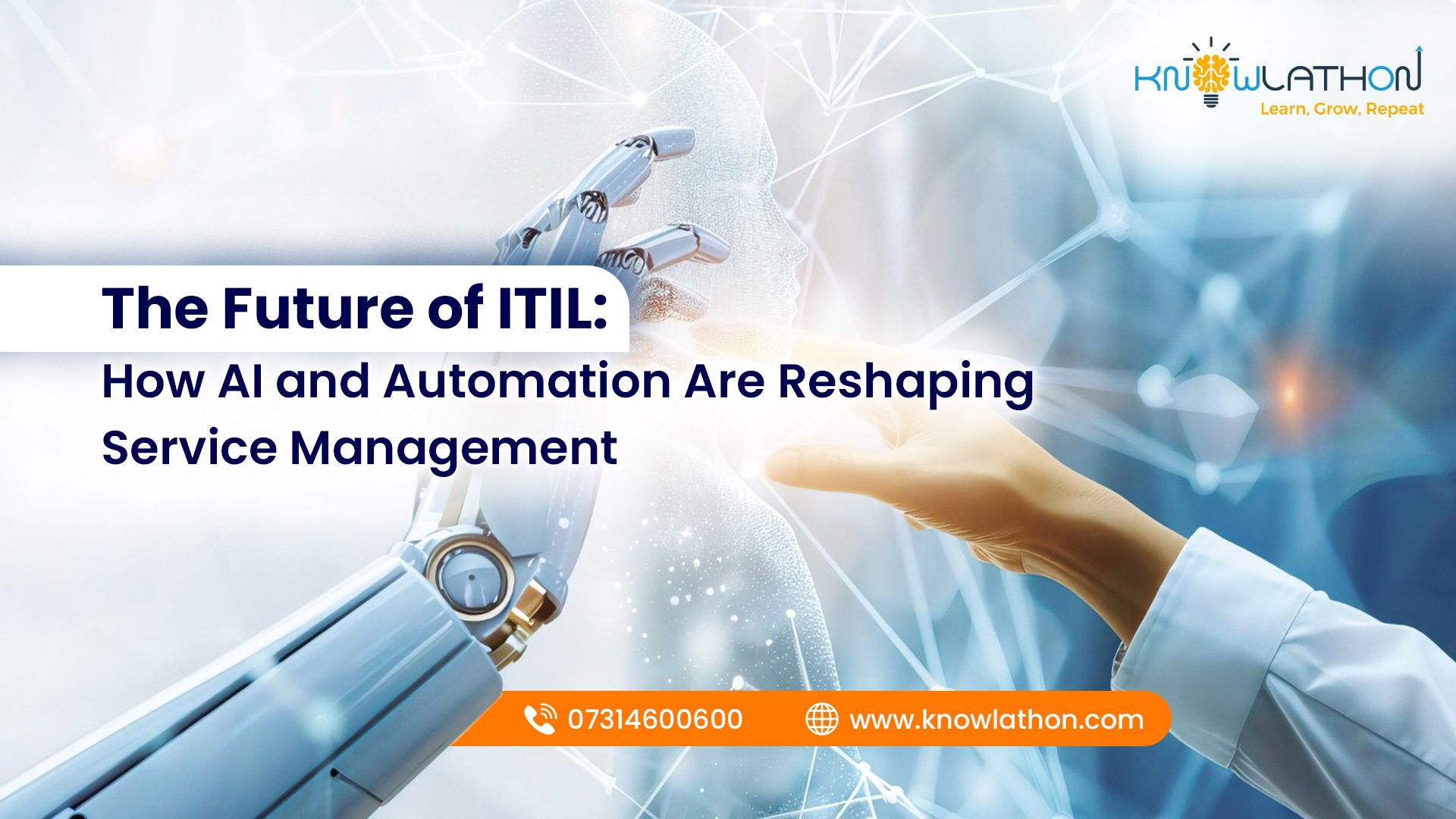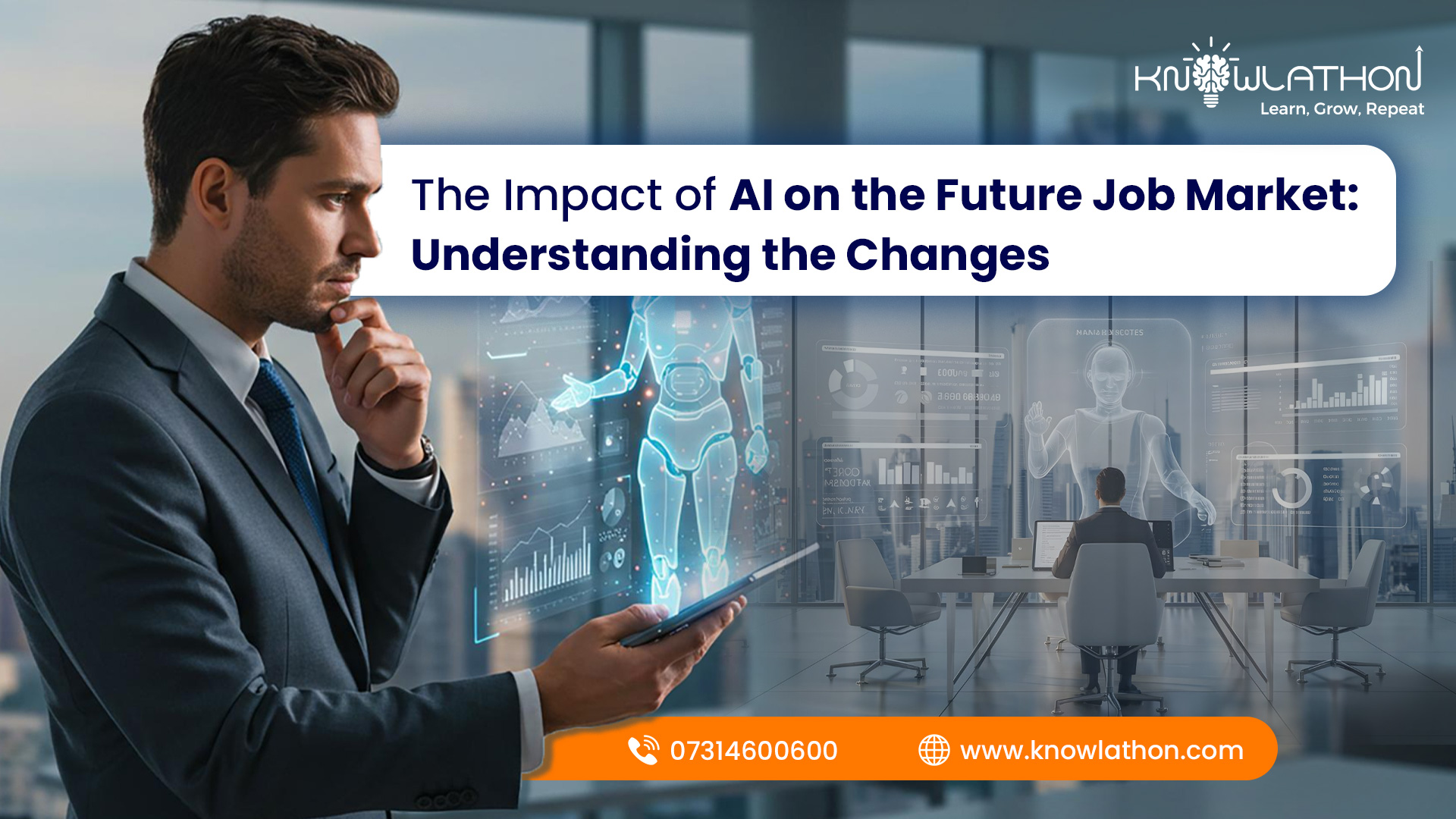Top AIOps Use Cases Driving IT Efficiency and Cost Savings in 2026

As we move into 2026, the convergence of artificial intelligence IT operations—commonly known as AIOps—continues to redefine how enterprises manage complex digital ecosystems. Gartner predicts that by the end of 2026, 75% of large enterprises will adopt AIOps platforms to enhance IT incident management AI and reduce operational overhead. This isn't just hype; organizations leveraging AIOps use cases 2026 are already reporting 30-50% improvements in AIOps for IT efficiency and substantial AIOps cost savings.
1. Predictive Analytics AIOps: Preventing Downtime Before It Strikes
One of the flagship AIOps use cases 2026 revolves around predictive analytics AIOps. Traditional reactive monitoring is giving way to proactive intelligence that anticipates issues using machine learning models trained on historical and real-time data streams.
Consider a global e-commerce giant that implemented predictive analytics in 2025. By analyzing server metrics, application logs, and user traffic patterns, their AIOps platform forecasted a potential database overload during Black Friday peaks with 92% accuracy. The system automatically scaled resources, averting what could have been a $2.5 million revenue loss. This exemplifies AIOps for IT efficiency, where mean time to detection (MTTD) drops from hours to minutes.
In 2026, expect enhanced predictive models incorporating edge computing data. For instance, manufacturing firms will use AIOps to predict equipment failures in IoT-enabled factories,
integrating sensor data with ERP systems. The AIOps cost savings here are staggering: IDC estimates predictive maintenance via AIOps can reduce unplanned downtime by 45%, translating to annual savings of $1.5 million for mid-sized operations.
2. IT Incident Management AI: Accelerating Resolution with Intelligent Automation
IT incident management AI stands out as a core driver of automation in IT operations. In 2026, AIOps platforms will evolve beyond basic ticketing to autonomous incident resolution, blending natural language processing (NLP) with root cause analysis (RCA).
A leading telecom provider in Europe reduced incident resolution time by 68% using AIOps. When a network outage occurred, the system correlated alerts from 15+ monitoring tools, identified a faulty router firmware, and deployed a patch via integrated orchestration— all without human intervention. This level of AI-driven IT support not only boosts efficiency but also frees IT teams for strategic tasks.
Looking ahead, AIOps and ITSM integration will deepen with tools like ServiceNow and Jira. By 2026, 60% of ITSM platforms will embed native AIOps capabilities, enabling seamless workflow automation. For cost savings, Forrester reports that AI-augmented incident management can cut operational expenses by 40%, primarily through reduced Tier-1 support tickets and lower mean time to resolution (MTTR).
3. Automation in IT Operations: From Routine Tasks to Orchestrated Workflows
Automation in IT operations powered by AIOps is set to dominate AIOps use cases 2026. We're talking about hyper-automation: AI agents that handle configuration management, compliance checks, and capacity planning end-to-end.
Take a financial services firm that automated 85% of its patch management processes. AIOps scanned vulnerabilities across 10,000+ endpoints, prioritized based on business impact, and executed updates during low-traffic windows. The result? A 55% reduction in security breaches and AIOps cost savings exceeding $800,000 annually in labor costs.
In 2026, advancements in robotic process automation (RPA) fused with AIOps will enable "self-healing" infrastructures. Cloud-native environments on AWS, Azure, and Google Cloud will see AIOps orchestrate multi-cloud migrations automatically, optimizing costs by dynamically shifting workloads to cheaper regions. This directly ties into AIOps for IT efficiency, where automation eliminates manual errors and scales operations without proportional headcount growth.
4. AI-Driven IT Support: Enhancing User Experience and Self-Service
AI-driven IT support is revolutionizing helpdesk operations, making it a pivotal AIOps use case 2026. Virtual assistants powered by generative AI will handle 70% of Level 1 queries by 2026, according to Deloitte.
A multinational corporation deployed an AIOps-enhanced chatbot that resolved password resets, software installations, and access requests in under 30 seconds. Integration with knowledge bases and real-time diagnostics reduced escalations by 62%. For artificial intelligence IT operations, this means shifting from cost centers to value drivers.
Cost-wise, AIOps cost savings manifest in reduced staffing needs—Gartner forecasts a 35% drop in helpdesk personnel for AIOps adopters. Moreover, AIOps and ITSM integration will incorporate sentiment analysis from user interactions, predicting frustration points and proactively offering solutions.
5. Anomaly Detection and Security Operations: Proactive Threat Hunting
In an era of escalating cyber threats, AIOps for security (SecOps) is indispensable. Predictive analytics AIOps extends to behavioral anomaly detection, flagging deviations in user or system patterns.
A healthcare provider used AIOps to detect a ransomware attempt by correlating unusual data exfiltration with login anomalies from 500+ devices. The platform isolated the threat in 4 minutes, preventing a potential HIPAA violation costing millions. This underscores IT incident management AI in high-stakes environments.
By 2026, AIOps will integrate with zero-trust architectures, using AI to continuously verify and automate access controls. AIOps for IT efficiency here includes reduced false positives—up to 80% fewer alerts for SOC teams. Savings? McKinsey estimates $1.2 million per year for enterprises avoiding major breaches through AIOps-enabled SecOps.
6. Capacity Planning and Resource Optimization: Maximizing ROI on Infrastructure
Automation in IT operations shines in dynamic resource allocation. AIOps platforms analyze usage trends to right-size cloud spend, a critical AIOps use case 2026 amid rising energy costs.
An online streaming service optimized its CDN usage with AIOps, predicting viewership spikes and pre-provisioning bandwidth. This slashed over-provisioning by 40%, yielding AIOps cost savings of $1.8 million quarterly. AI-driven IT support for DevOps teams includes automated scaling policies tied to business KPIs.
Future integrations with sustainability metrics will see AIOps minimizing carbon footprints by favoring green data centers, aligning efficiency with ESG goals.
Overcoming AIOps Implementation Challenges
Despite the promise, AIOps implementation challenges persist. Data silos remain the top hurdle—65% of organizations struggle with integrating disparate tools. Solution: Start with a unified data lake and phased rollouts.
Skill gaps are another issue; upskilling IT staff via certifications is essential. Cultural resistance? Demonstrate quick wins in pilot projects. Finally, ensure governance for AI ethics to avoid biased predictions.
The Future of AIOps 2026: Towards Autonomous IT
The future of AIOps 2026 points to fully autonomous operations. Quantum-inspired algorithms will process petabyte-scale data in real-time, while federated learning enables privacy-preserving AIOps across hybrid environments.
Expect deeper AIOps and ITSM integration, with AI co-pilots in every workflow. Edge AIOps will proliferate in 5G networks, and generative AI will auto-generate remediation scripts.
In conclusion, embracing these AIOps use cases 2026 isn't optional—it's imperative for survival in a digital-first world. Organizations investing in artificial intelligence IT operations today will reap exponential AIOps for IT efficiency and AIOps cost savings tomorrow. Start small, measure ROI rigorously, and scale with confidence.





